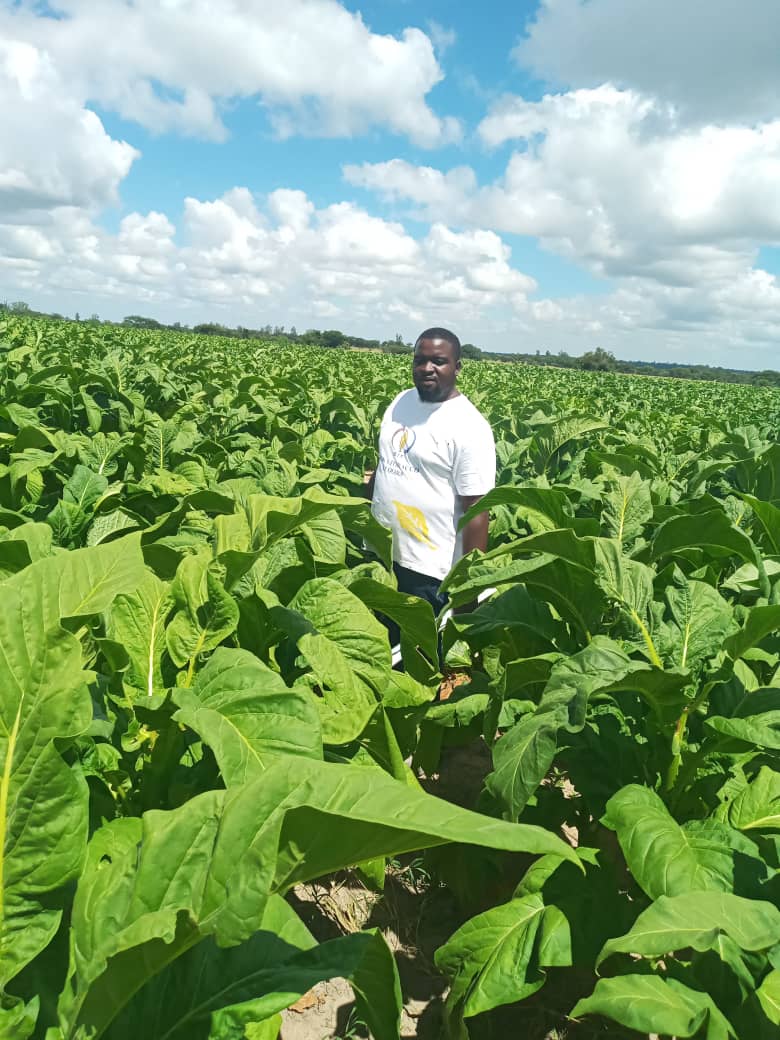A1, A2 farmers’ wheat, tobacco production vindicate land reforms
Share

Harare (New Ziana) – The increased contribution of A1 and A2 farmers to tobacco and wheat production confirm the success of the country’s land reform programme, a Cabinet Minister has said.
Information, Publicity and Broadcasting Services Minister, Monica Mutsvangwa has said 52 percent of this year’s 295 499 782 tobacco production valued at US$895 114 791 was from A1 and A2 farmers.
The crop is the country’s biggest agricultural export, and second biggest single export earner after gold.
She said that A1 and A2 farmers had played a major part in helping the country surpass this year’s winter wheat target of 90 000 hectares.
“Government is again gratified that the cumulative area planted under wheat this winter season stands at 90 192 hectares, which is above the targeted 90 000 hectares. Most (57%) of the crop was planted by A2 farmers, 13% by A1 farmers and 11% by large-scale commercial farmers, presenting another confirmatory indicator of the success of the land reform programme,” she said.
The bulk of the crop is at the booting stage, and in good condition, said Mutsvangwa, adding that pest control activities are ongoing with successful quelea bird control programmes having been undertaken in Manicaland, Mashonaland Central, Mashonaland East and Mashonaland West provinces to ensure good harvests.
Meanwhile, Mutsvangwa said a downward trend in prices of goods and services was continuing following corrective measures implemented by government.
Prices for basic goods and services spiked around June due to exchange rate volatility which saw the exchange rate of the local currency against the US$ spike to as high as $10 000, with the official rate hovering around $7 000.
“The prices of bread, cooking oil, sugar and mealie-meal, among other basic commodities, have tumbled, with the price of mealie-meal declining by 27 percent,” she said.
“Cabinet is pleased that the measures have been effective in curbing the price increases, and that the foreign currency exchange rate remains stable. This is testimony of the Second Republic’s sound management of the economy.”
New Ziana









